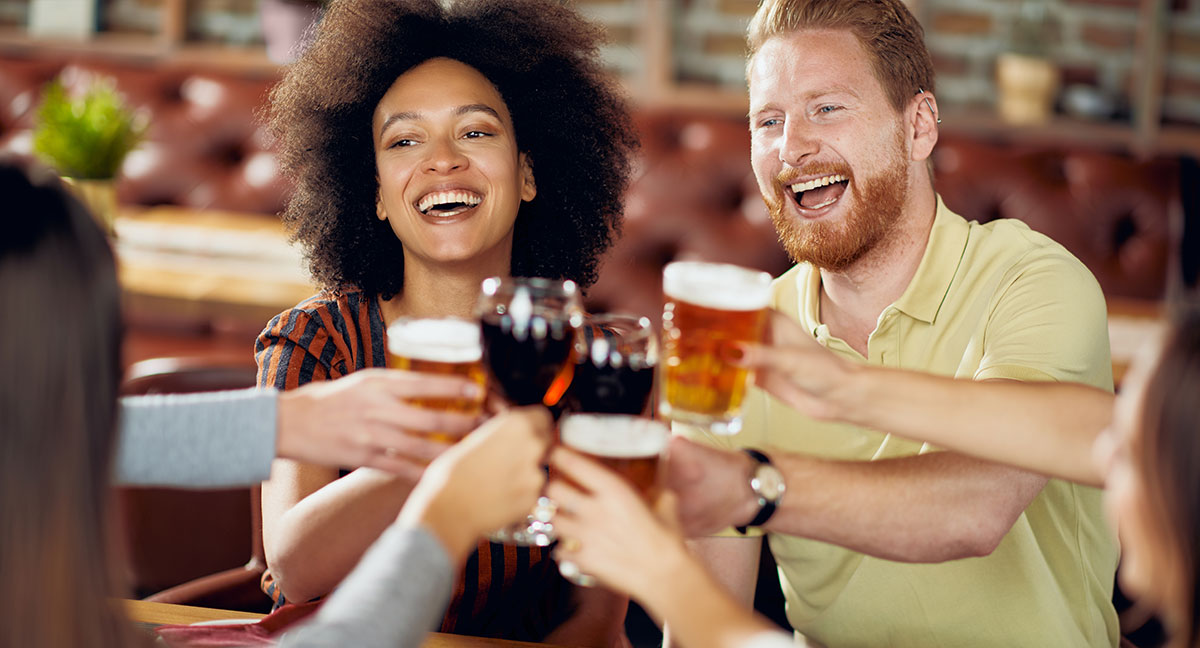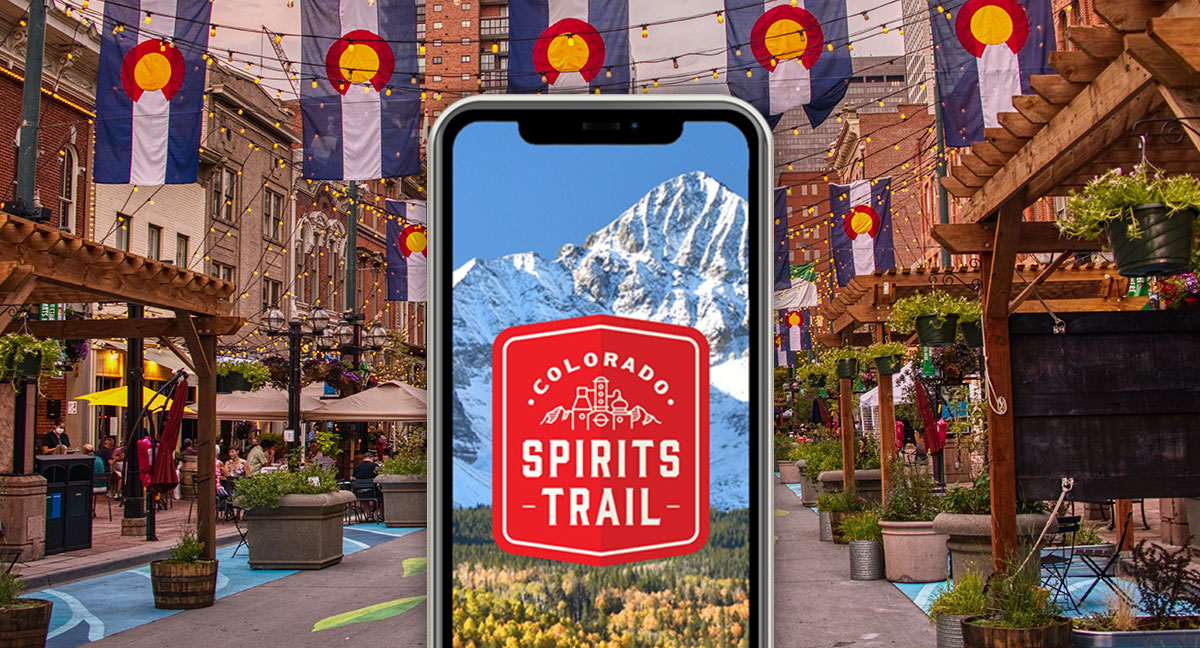3D documentation allows Vizcaya to measure surface loss, predict rates of deterioration, analyze effects of sea level rise, and more.
BOCA RATON, FLA—Daruma Tech teamed with the Vizcaya Museum and Gardens in Miami to create an innovative, touch-screen kiosk program employing virtual and augmented reality that allows visitors to discover and explore areas of the site currently closed to the public.
The app was designed to address Vizcaya’s unique preservation and outreach challenges: The century-old seaside site, a National Historic Monument, is threatened by rising sea levels and age-related damage, which have left several historically and artistically important areas inaccessible to visitors. This meant Vizcaya needed a way to comprehensively document these vulnerable areas for future preservation efforts while offering its visitors an engaging and compelling way to explore and understand them from afar.
The kiosk, which incorporates detailed, realistic models based on historical records along with contemporary data collected by the University of Florida via laser scanning and by the University of Miami via photogrammetry, lets visitors take a virtual self-guided tour through two currently closed areas—a swimming pool grotto featuring an ornate ceiling mural by American artist Robert W. Chanler (1872-1930), and the Barge, a partially submerged decorative breakwater decorated with carvings by Alexander Stirling Calder (1870-1945).
Working closely with Vizcaya’s experts, Daruma Tech designed interactive interfaces that invite users to explore these areas and examine their details up close while learning about their history, conservation issues, and how they evolved over time. Through the app, visitors can not only experience what the sites look like today, but travel back in time to experience them in their original form. To address Vizcaya’s mission of outreach and accessibility, Daruma Tech also designed the app to adapt to the needs of users with disabilities.
The app was funded by grant to Vizcaya from the John S. and James L. Knight Foundation as part of the foundation’s initiative to help museums better meet new community demands and use digital tools to meaningfully engage visitors in art. Knight, which promotes informed and engaged communities, has helped institutions—from newsrooms to libraries—adapt to and thrive in the digital age.
The detailed digital imaging developed for this project will not only engage and educate visitors, but meaningfully contribute to the museum’s continued preservation and documentation efforts, said Mark Osterman, Vizcaya’s Adult Learning and Engagement manager. “Vizcaya recognizes its vulnerability to sea level rise and climate change,” he said. “Through the use of 3D documentation, Vizcaya is working to be a model of resilience for our community. 3D documentation allows Vizcaya to measure surface loss, predict rates of deterioration, analyze effects of sea level rise, measure objects and structures, enhance engagement, and improve accessibility.”
Osterman added that Daruma Tech was a good match for this ambitious project. “The museum was impressed with the firm’s proposal. We also engaged Daruma with some experimentation with 3D documentation, and once the Knight Grant opportunity came along, it was a good fit,” he said. “Working with Daruma has been exciting, as both the museum and the firm are experimenting with new interpretive technologies that will change the way visitors experience aspects of historic sites.”
3D documentation allows Vizcaya to measure surface loss, predict rates of deterioration, analyze effects of sea level rise, and more.
BOCA RATON, FLA—Daruma Tech teamed with the Vizcaya Museum and Gardens in Miami to create an innovative, touch-screen kiosk program employing virtual and augmented reality that allows visitors to discover and explore areas of the site currently closed to the public.
The app was designed to address Vizcaya’s unique preservation and outreach challenges: The century-old seaside site, a National Historic Monument, is threatened by rising sea levels and age-related damage, which have left several historically and artistically important areas inaccessible to visitors. This meant Vizcaya needed a way to comprehensively document these vulnerable areas for future preservation efforts while offering its visitors an engaging and compelling way to explore and understand them from afar.
The kiosk, which incorporates detailed, realistic models based on historical records along with contemporary data collected by the University of Florida via laser scanning and by the University of Miami via photogrammetry, lets visitors take a virtual self-guided tour through two currently closed areas—a swimming pool grotto featuring an ornate ceiling mural by American artist Robert W. Chanler (1872-1930), and the Barge, a partially submerged decorative breakwater decorated with carvings by Alexander Stirling Calder (1870-1945).
Working closely with Vizcaya’s experts, Daruma Tech designed interactive interfaces that invite users to explore these areas and examine their details up close while learning about their history, conservation issues, and how they evolved over time. Through the app, visitors can not only experience what the sites look like today, but travel back in time to experience them in their original form. To address Vizcaya’s mission of outreach and accessibility, Daruma Tech also designed the app to adapt to the needs of users with disabilities.
The app was funded by grant to Vizcaya from the John S. and James L. Knight Foundation as part of the foundation’s initiative to help museums better meet new community demands and use digital tools to meaningfully engage visitors in art. Knight, which promotes informed and engaged communities, has helped institutions—from newsrooms to libraries—adapt to and thrive in the digital age.
The detailed digital imaging developed for this project will not only engage and educate visitors, but meaningfully contribute to the museum’s continued preservation and documentation efforts, said Mark Osterman, Vizcaya’s Adult Learning and Engagement manager. “Vizcaya recognizes its vulnerability to sea level rise and climate change,” he said. “Through the use of 3D documentation, Vizcaya is working to be a model of resilience for our community. 3D documentation allows Vizcaya to measure surface loss, predict rates of deterioration, analyze effects of sea level rise, measure objects and structures, enhance engagement, and improve accessibility.”
Osterman added that Daruma Tech was a good match for this ambitious project. “The museum was impressed with the firm’s proposal. We also engaged Daruma with some experimentation with 3D documentation, and once the Knight Grant opportunity came along, it was a good fit,” he said. “Working with Daruma has been exciting, as both the museum and the firm are experimenting with new interpretive technologies that will change the way visitors experience aspects of historic sites.”
Latest Articles
Connecticut Farm Wineries Passport App Launches, Bringing New Traffic And Visibility To State’s Wineries
HARTFORD, CONN.—Connecticut’s popular passport program for the state’s farm wineries has gotten a digital upgrade with the May launch of the Connecticut Farm Wineries Passport app. The mobile app, built by Boca Raton, Florida-based software developer Daruma Tech and sponsored by Connecticut Farm Wineries and the Connecticut Department of [...]
Mobile Loyalty Passport Apps Keep Craft Beverage Makers Thriving Through COVID and Beyond
BOCA RATON, FLORIDA—When the COVID pandemic forced craft wineries, distilleries, and breweries to close their tasting rooms, craft beverage guilds and associations across the country turned to Daruma Tech’s award-winning mobile passport apps as a creative way to promote takeout sales and keep member businesses afloat. And thanks to [...]
Capturing Business from Out-of-Town Visitors, As Well As Supportive Locals, Is A Mission For The Colorado Distillers Guild
BOCA RATON, FLORIDA—Software developer Daruma Tech, creator of award-winning mobile passport apps for artisanal food and beverage lovers, is moving into the distilled spirit space with a new app commissioned by the Colorado Distillers Guild. With the app, a digitized upgrade of the guild’s paper Colorado Spirits Trail map, [...]





